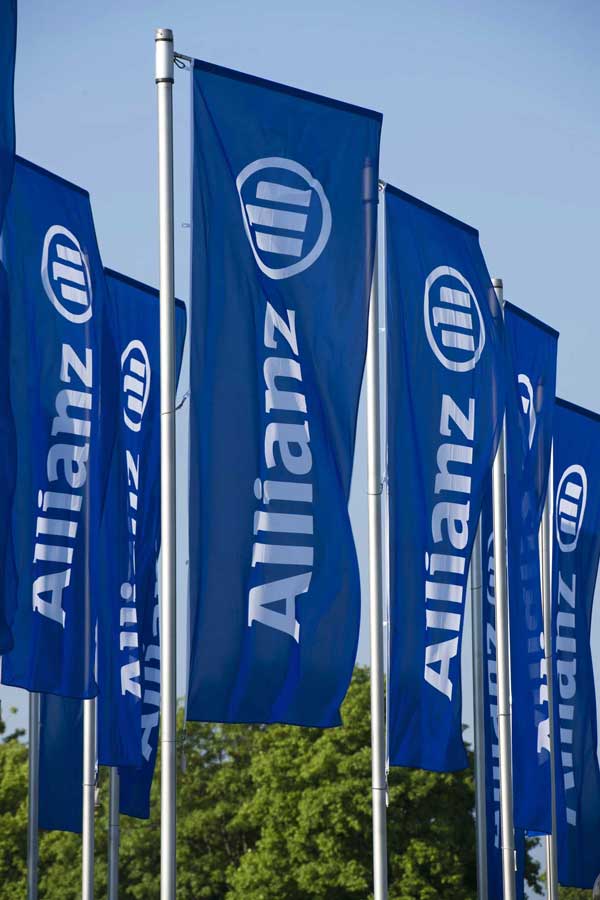Typically, the allowance method of reporting bad debts expenses is preferred. However, it’s important to know the differences between these two methods and why the allowance method is generally looked to as a means to more accurately balance reports.
Direct Write-Off
When reporting bad debts expenses, a company can use the direct write-off method or the allowance method. The direct write-off method reports the bad debt on an organization’s income statement when the non-paying customer’s account is actually written off, sometimes months after the credit transaction took place. Company accountants then create an entry debiting bad debts expense and crediting accounts receivable.
In general, accounting departments do not use the direct write-off method for bad debts expense, as the company’s balance sheet would be likely to report an amount greater than the actual collectable amount and the bad debts expense may be reported in the company’s income statement for the year after the sale. Instead, accountants typically apply the allowance method.
Allowance Method
Using the allowance method, accountants record adjusting entries at the end of each period based on anticipated losses. At the end of each year, companies review their accounts receivable and estimate what they will not be able to collect. Accountants debit that amount from the company’s bad debts expense and credit it to a contra-asset account known as allowance for doubtful accounts.
When accountants ultimately write off an accounts receivable as uncollectible, they can then debit allowance for doubtful accounts and credit that amount to accounts receivable. Using this method allows the bad debts expense to be recorded closer to the actual transaction time and results in the company’s balance sheet reporting a realistic net amount of accounts receivable.









